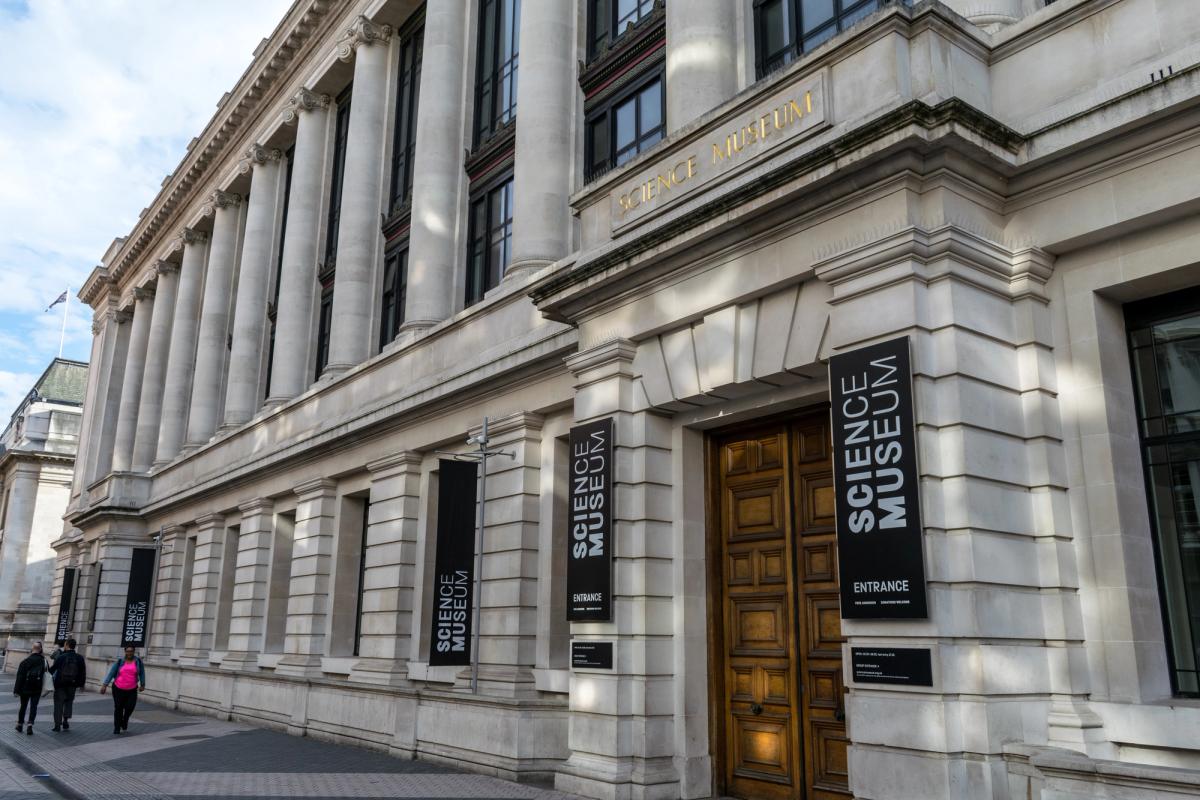The Science Museum has dropped oil company Equinor as a sponsor on climate change grounds. But campaigners within the arts have said the museum should now end ties to its other fossil fuel-linked sponsors BP and the Indian coal giant Adani Group.
Norwegian oil firm Equinor has sponsored the museum’s Wonderlab exhibition since 2016. Environmental campaigners who have been calling for cultural institutions not to allow themselves to be a vehicle for “greenwashing” by the fossil fuel industry have hailed the decision to cancel the agreement as a “seismic shift”.
The Science Museum stated that it had ended its relationship with Equinor because of its failure to reduce carbon emissions to the point of ensuring it was aligned with the Paris Climate Agreement goal of limiting global heating to 1.5C. However, it continues to promote oil giant BP, which was dropped by the investors of the Church of England last year for the same reason that the museum dropped Equinor: not aligning with the goals of the Paris Agreement, as assessed by the Transition Pathway Initiative (TPI).
The TPI evaluates companies’ emissions plans and calculates if they are aligned with the Paris Agreement. Announcing the dropping of BP, Alan Smith of the Church of England said last year: “Soberingly, the energy majors have not listened to significant voices in the societies and markets they serve and are not moving quickly enough on the transition.”
The Science Museum cited the TPI when defending its sponsorship deal with the company. The TPI currently lists BP as off track to meet its 2025 target for emissions, despite the company claiming it wants to be Paris-aligned by 2050.
Chris Garrard, the co-director of Culture Unstained, which campaigns against against fossil fuel sponsorship in the arts, told The Art Newspaper: “If the Science Museum genuinely believes that BP is on a pathway aligned with 1.5C, then it must present its evidence, because that’s simply not what TPI shows. While TPI's website does say that BP is aligned with 1.5C in the long-term to 2050, that's on the basis of BP's non-binding ‘ambition’, so there isn't even a firm commitment to achieve it. Crucially, TPI has found that BP doesn't have short or medium-term targets that align with 1.5C to deliver the emissions cuts that are needed.”
Such short-term targets are important, he says, because it is the cumulative emissions of BP’s oil and gas between now and 2050 that will determine the harm caused by the company, not simply its emission level in 2050.
Garrard says: “It's not just TPI either, many other organisations have reached the same conclusion: that BP is not on a 1.5C pathway and its claims just don't stack up. Museums are some of the most trusted institutions in society, so the Science Museum has a duty to be straight with people and not fudge the facts in order to defend the reputation of a major polluter, one that has been involved in decades of climate delay and denial.”
Following a request from The Art Newspaper, the Science Museum did not respond to questions surrounding BP’s ongoing sponsorship.
A spokesperson instead said: “Equinor’s sponsorship of the Science Museum’s Wonderlab gallery has drawn to a close at the end of their current contract term. Their contribution has been enormously important to us and has helped inspire hundreds of thousands of young potential engineers and scientists.
“The partnership concludes with our warm appreciation and with our ongoing encouragement to Equinor to continue to raise the bar in their efforts to put in place emissions reduction targets aligned with limiting global warming to 1.5°C.”


